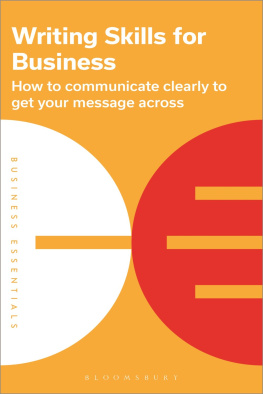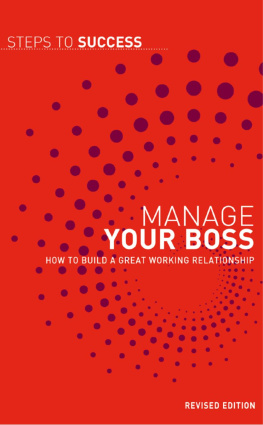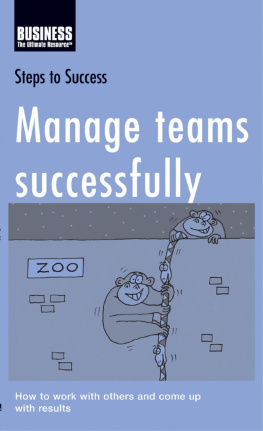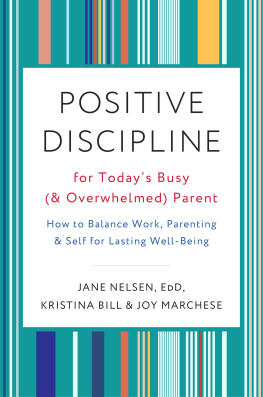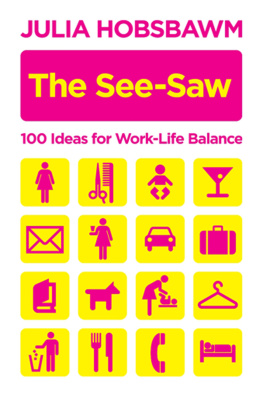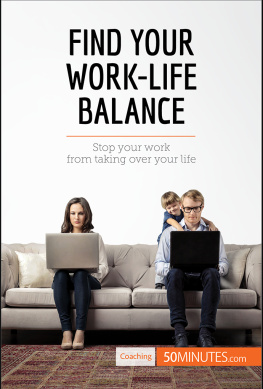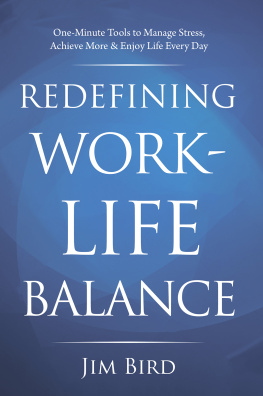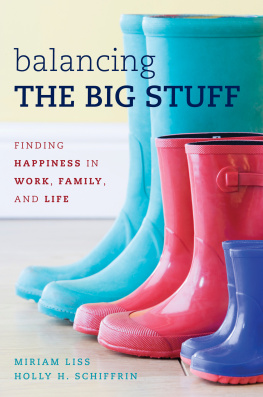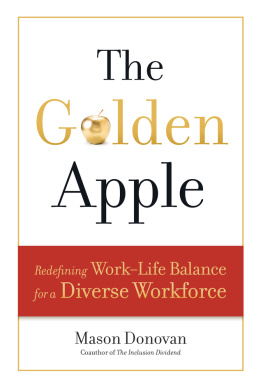

Contents
Juggling lots of commitments means that life today has never been busier. Whether you have family commitments or not, it can sometimes seem hard to fit everything in we all want to be successful at work and yet have time for ourselves. Work through these questions, to assess your worklife balance, then read the guidance points.
How much of your time does work take up?
a. I let work take up as little time as possible.
b. A fair amount but I still leave time for myself.
c. Work seems to dominate my life.
What position does work hold in your personal life?
a. Once Im out of work I forget about it.
b. I do spend some time thinking about work while Im not there.
c. I think about it constantly.
How often do you find yourself getting swamped by tasks?
a. Never.
b. Occasionally.
c. Often.
How often do you find yourself getting stressed at work?
a. Almost never.
b. Occasionally.
c. All the time.
Be honest! Which of the following best describes you at work?
a. Over-relaxed.
b. Balanced.
c. Workaholic.
Do you feel you have enough time for yourself outside work?
a. Yes.
b. Most of the time.
c. No.
Do you feel like you are in control of your life?
a. Yes.
b. Just about.
c. No I feel Im being swept along by work.
Are you happy with where you see yourself in three years time?
a. No. Id like to have accomplished more at work than I think I will have.
b. Yes.
c. No. Id like to have more of a life outside work than I think I will have.
a = 1, b = 2, c = 3.
Now add up your scores.
814: You seem to have plenty of time for yourself, but are you fulfilling your potential at work? Take a moment to work out what is important to you and make sure youre on track to achieving it Chapters 2 and 3 provide advice on this. Creating a list of priorities for the future can help you to set goals for yourself and ensure you dont miss opportunities. Some time away from the office may help you work out what you want to do. Turn to if youre thinking about a career break.
1519: You appear to have struck a healthy balance, putting in the effort at work while still having the time for normal life. In order to keep this balance and take your work and life in the direction you want, it could be worth creating a plan to make sure you get where you want to be. Turn to will help you prioritize and prevent stress building up.
2024: Your work seems to have swamped your life. Sit down and take stock of your position, and assess can help you to become more efficient, making your work life a better place to be.
Time flies when youre having fun goes the adage. Time also flies when youre very busy but rather than having fun, you can soon find yourself stressed in a way that affects not only your mental and emotional well-being, but your physical health. When there isnt enough time in the day, something has to give: but is it to be your work or your personal life? Achieving a balance has become one of the burning issues of the day.
Here are some of the main reasons why more and more people are addressing the topic of worklife balance:
The COVID-19 pandemic made many people reconsider their priorities in life.
More pressure and longer hours at work mean people burn out younger.
Government figures show that although Britain has the longest working hours in Europe, our workforce isnt as productive as those in some countries with shorter hours. So while people are spending more time at work, they arent necessarily achieving more.
More people living longer means that a growing number of workers care for elderly relatives.
The broad argument for greater balance and flexibility at work is that greater satisfaction among employees will lead to fewer stress-related illnesses, less time taken off for sickness, lower staff turnover and higher productivity.
People with a good balance between their work and other responsibilities and interests tend to be more motivated and productive: in other words, happy people work better.
Step one:
Understand what the concept means for you
The ideal worklife balance is a very personal concept. It isnt an obvious, tangible or static thing that people can identify, get right and then expect to keep. Its dynamic and has different elements for different people at different times.
Worklife balance is sometimes confused with finding ways to work less or to work flexibly, because for some people these are the most important elements of a good balance. As a general concept, worklife balance is a feeling of being in control of your life, being able to exercise choice and about finding an equilibrium between your own needs and those of others, whether at work or at home.
If youre unhappy about the way things are for you at the moment, dont worry; theres a lot you can do to help yourself. The first step is to pinpoint what being in and out of balance is like for you and to understand the triggers. Once youve worked out those, you can move on to find a solution.
Step two:
List your symptoms of being out of balance
To work out a way to move forward and get your life in kilter, its a good idea to first look back at how youve felt in the past.
Take a sheet of paper. Remembering the last time you were really out of balance list some words that describe what you felt. For example, you may have felt as if you were spinning out of control, chaotic, panicky, stressed, shattered or ill.
List how people at work would have described you during this period and the behaviour they might have noticed at that time.
Now list how your family and friends would have described you during the same period.
Do the same for each out-of-balance episode you can remember.
Step three:
Find out what triggers an out-of-balance state for you
Think back through the episodes above when you felt out of balance and narrow your focus down. Ask yourself:
What happened to start each out-of-balance episode?
Was it an action you took? If so, what triggered that action?
Was it an external event? If so, what were the first signs of the event?
When youve done this for all the episodes from step one, review your triggers. Are there common themes? For example, did you feel out of balance when your boss put too much pressure on you? When you had a row with your partner or with a close friend? Were you already out of sorts before that?
TOP TIP
Close your eyes and take some deep breaths.
Imagine breathing out all the negative or stressful thoughts that youve been remembering. Take a break before moving on to step four.
Step four:
Work out how you feel when youre in balance
Perhaps surprisingly, describing being in balance is not always easy. It changes according to who you are, whats happening and when.
Take another sheet of paper. Remembering the last time you were really in balance, list some words that describe what you felt. How will you recognize that feeling again?
List how people at work would have described you, the behaviour they might have noticed during this period.
Then list how your family and friends would have described you during the same period.
Do the same for each in-balance episode you can remember.



